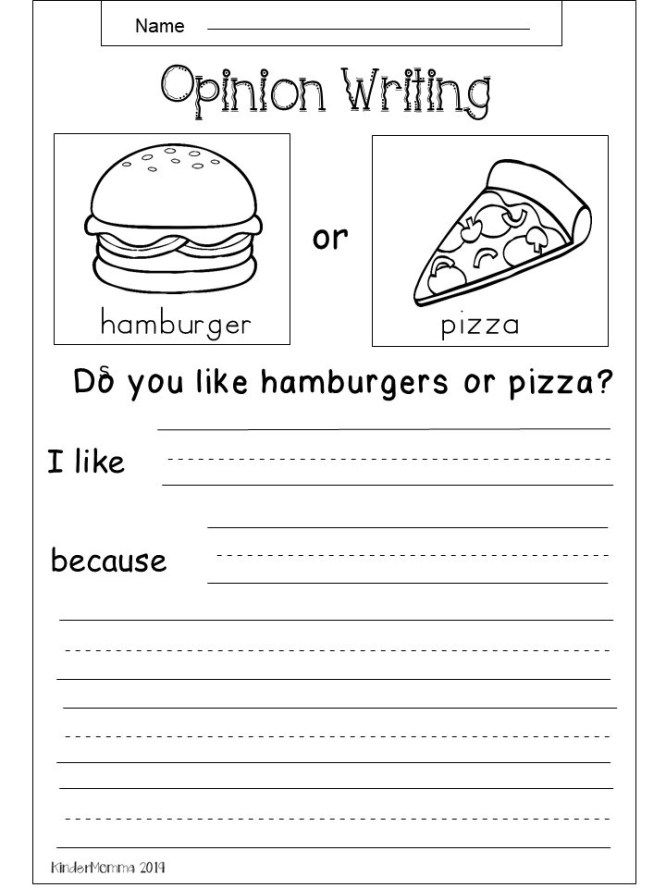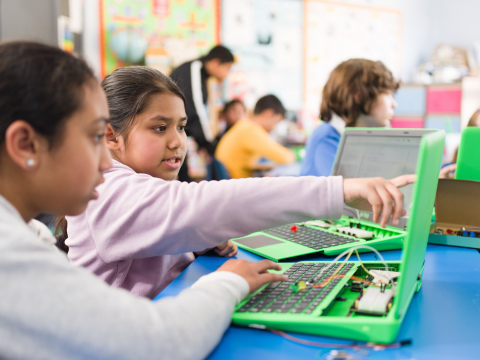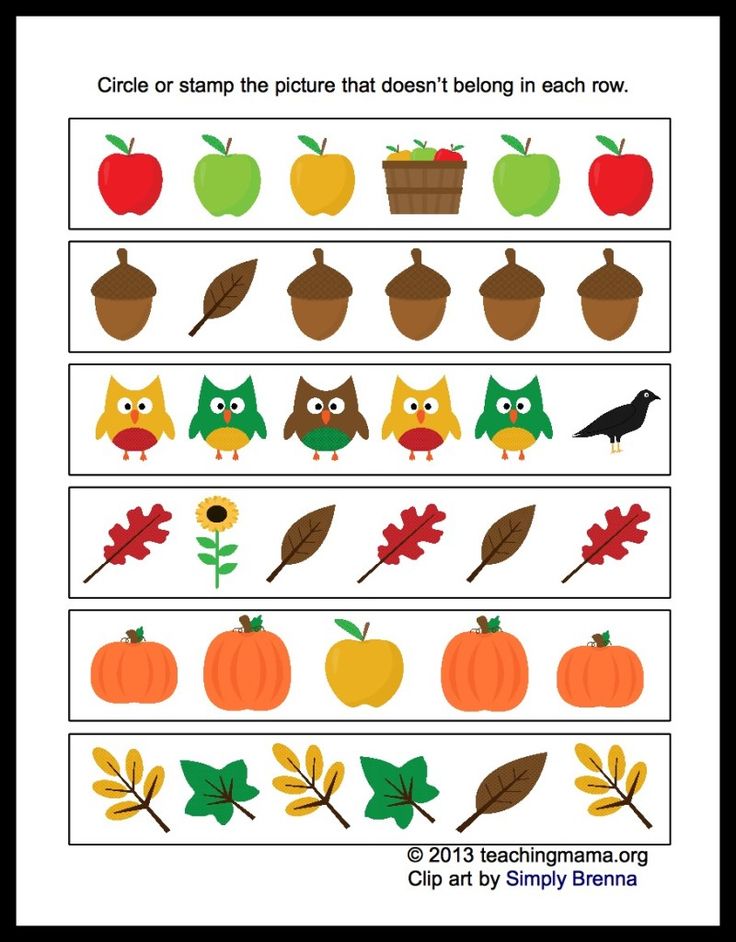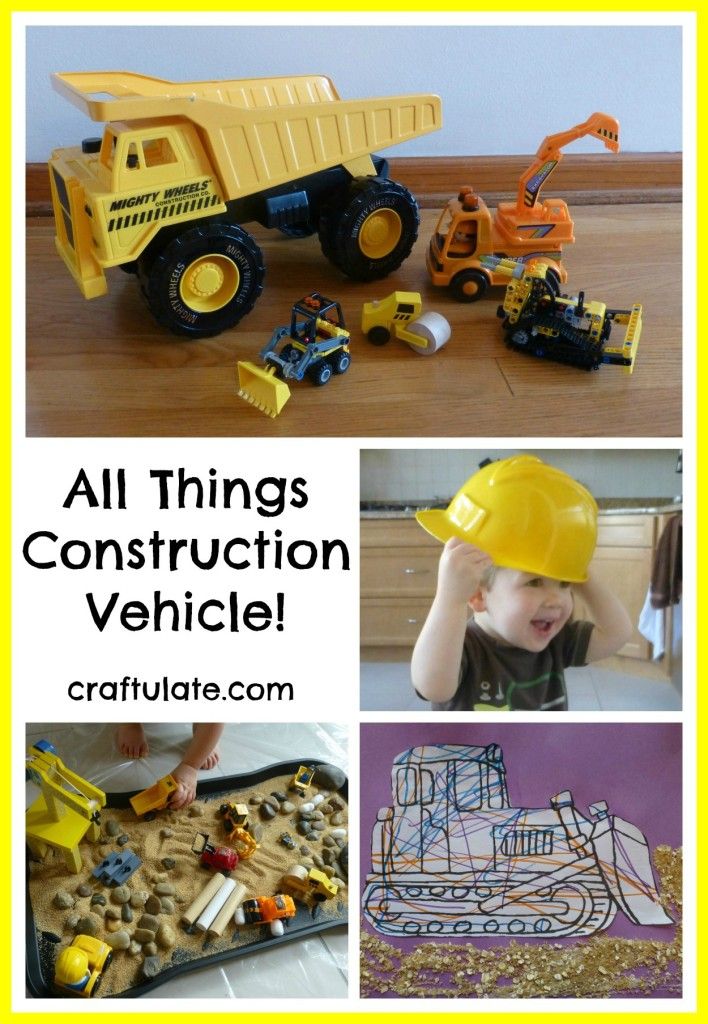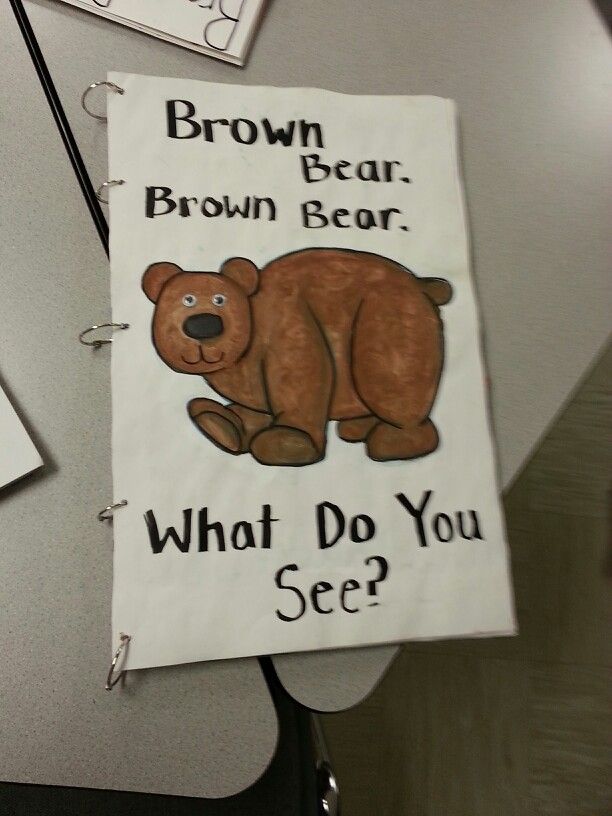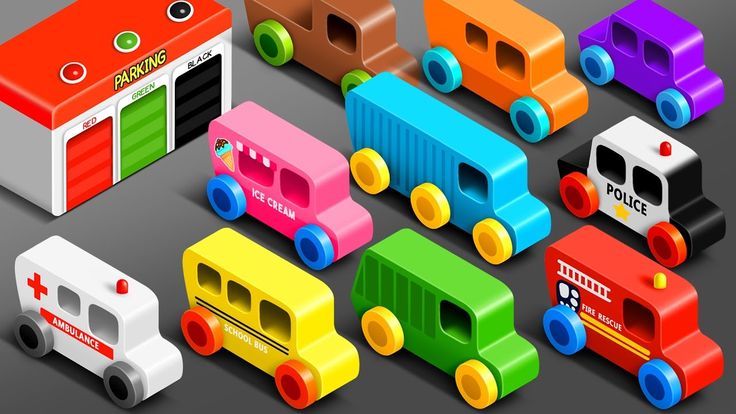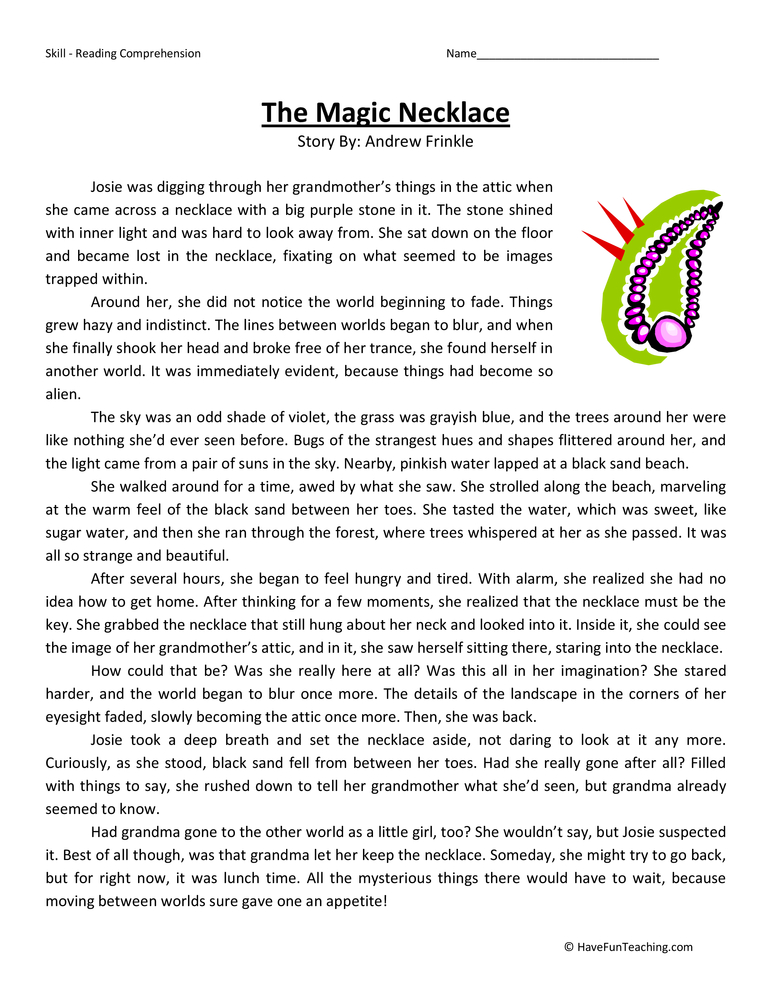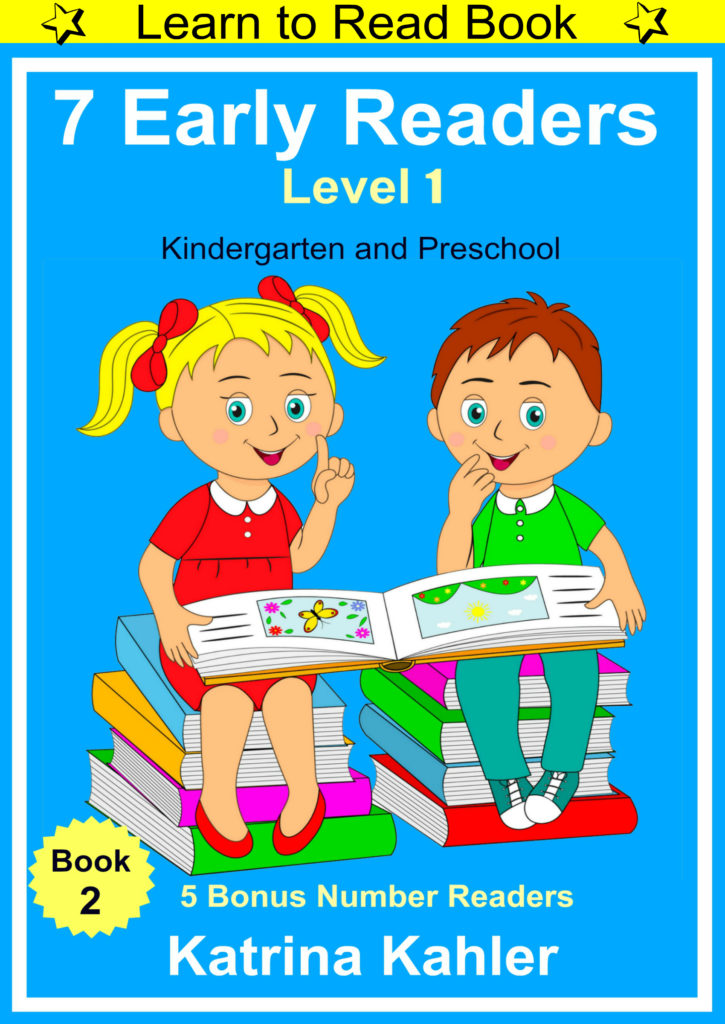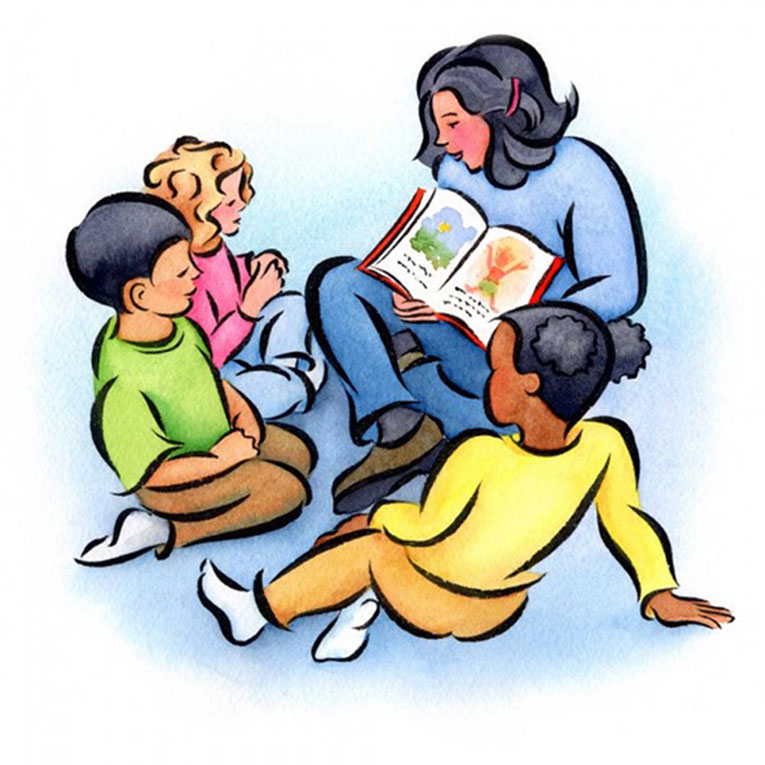Child being read to
Benefits & Importance of Reading to Children
Blog
03/03/2017
It’s undeniable that a child’s reading skills are important to their success in school, work, and life in general. And it is very possible to help ensure your child’s success by reading to them starting at a very early age. Continue reading to learn more about the top benefits of reading to children and how reading can support them for the future.
7 Benefits of Reading to Children
Whether you’re reading a classic novel or fairy tales before bed, reading aloud to children can significantly benefit your child’s life. Some benefits reading to children include:
- Supported cognitive development
- Improved language skills
- Preparation for academic success
- Developing a special bond with your child
- Increased concentration and discipline
- Improved imagination and creativity
- Cultivating. lifelong love of reading
Reading to young children is proven to improve cognitive skills and help along the process of cognitive development. Cognitive development is the emergence of the ability to think and understand; it’s “the construction of thought processes, including remembering, problem solving, and decision-making, from childhood through adolescence to adulthood” (HealthofChildren.com). It refers to how a person perceives and thinks about his or her world through areas such as information processing, intelligence, reasoning, language development, attention span, and memory.
When you begin reading aloud to your child, it essentially provides them with background knowledge on their young world, which helps them make sense of what they see, hear, and read. In fact, many educators and researchers postulate that “It is the talk that surrounds the reading that gives it power, helping children to bridge what is in the story and their own lives,” rather than just the vocalization of the words. Introducing reading into your young child’s life, and the conversations that it will prompt, helps them to make sense of their own lives, especially at a young age.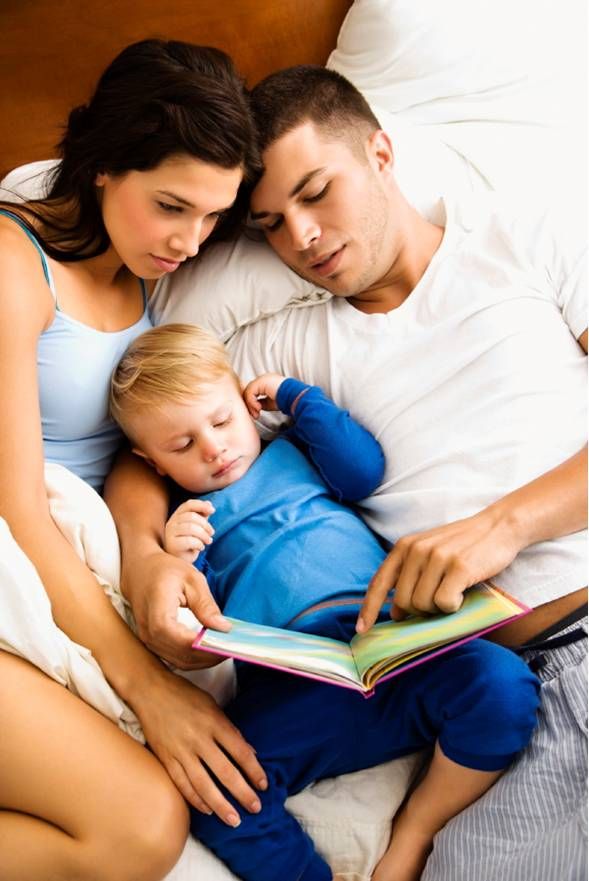
Consider this excerpt from a study on toddlers’ cognitive development as a result of being read aloud to:
“A child care provider reads to a toddler. And in a matter of seconds, thousands of cells in these children’s growing brains respond. Some brain cells are ‘turned on,’ triggered by this particular experience. Many existing connections among brain cells are strengthened. At the same time, new brain cells are formed, adding a bit more definition and complexity to the intricate circuitry that will remain largely in place for the rest of these children’s lives.”
Therefore, the more adults read aloud to their children, the larger their vocabularies will grow and the more they will know and understand about the world and their place in it, assisting their cognitive development and perception.
Improved language skillsReading daily to young children, starting in infancy, can help with language acquisition, communication skills, social skills, and literacy skills.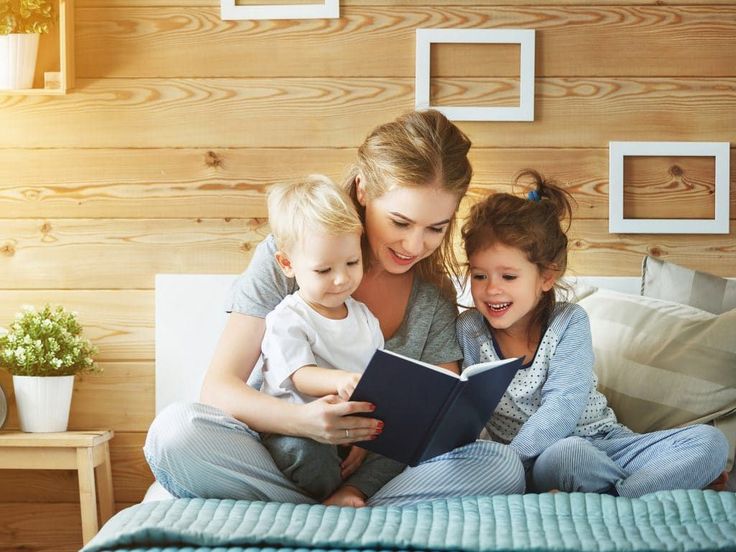 This is because reading to your children in the earliest months stimulates the part of the brain that allows them to understand the meaning of language and helps build key language, literacy and social skills.
This is because reading to your children in the earliest months stimulates the part of the brain that allows them to understand the meaning of language and helps build key language, literacy and social skills.
In fact, a recent brain scan study found that “reading at home with children from an early age was strongly correlated with brain activation in areas connected with visual imagery and understanding the meaning of language” (TIME.com)
These cognitive skills and critical thinking skills are especially important when you consider that, according to the American Academy of Pediatrics, more than one in three American children start kindergarten without the skills they need to learn to read. About two-thirds of children can’t read proficiently by the end of the third grade.
Furthermore, while a child will be able to latch onto vocabulary and language he or she hears around him or her, introducing reading into their auditory learning provides another benefit: it introduces the language of books, which differs from language heard in daily life.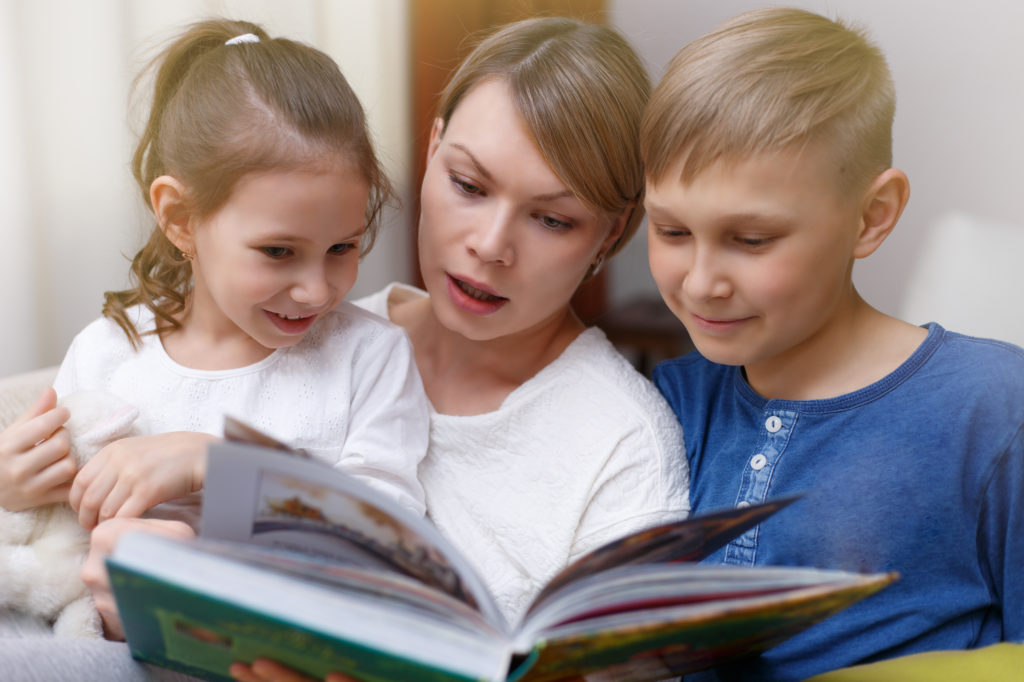 Whether it’s a children’s book or classic novel, book language is more descriptive, and tends to use more formal grammatical structures.
Whether it’s a children’s book or classic novel, book language is more descriptive, and tends to use more formal grammatical structures.
Early reading with your child is a true one-on-one opportunity for children to communicate with their parents and parents to communicate with their children. It allows children to grow their vocabulary skills with exposure to new words and listening skills they develop from hearing someone read to them that become vital to their academic success.
Studies have shown that “the more words that are in a child’s language world, the more words they will learn, and the stronger their language skills are when they reach kindergarten, the more prepared they are to be able to read, and the better they read, the more likely they will graduate from high school” (PBS.org).
Numerous studies have shown that students who are exposed to reading before preschool are more likely to do well when they reach their period of formal education.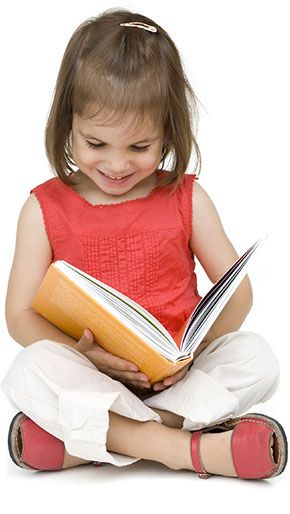 According to a study completed by the University of Michigan, there are five early reading skills that are essential for development. They are:
According to a study completed by the University of Michigan, there are five early reading skills that are essential for development. They are:
- Phonemic awareness – Being able to hear, identify, and play with individual sounds in spoken words.
- Phonics – Being able to connect the letters of written language with the sounds of spoken language.
- Vocabulary – The words kids need to know to communicate effectively.
- Reading comprehension – Being able to understand and get meaning from what has been read.
- Fluency (oral reading) – Being able to read text accurately and quickly.
While children will encounter these literacy skills and language development once they reach elementary school and beyond, you can help jumpstart their reading success by reading to them during infancy and their early toddler years.
While they won’t be able to practice fluency or phonics at that stage, they will get an earlier introduction to phonetic awareness, vocabulary and reading comprehension, all of which will set them up for success as they grow and interact with the world around them.
Developing a special bond with your child
It goes without saying that reading to your young child on a regular basis can help you forge a stronger relationship with them. When it comes to children, one of the most important things you can do to positively influence their development is spend time with them. Reading to your children provides a great opportunity to set up a regular, shared event where you can look forward to spending time together. With shared reading, your child will trust and expect that you will be there for them. The importance of trust to small children cannot be overstated.
Reading a favorite book to your children not only helps you bond with them, but also gives your children a sense of intimacy and well-being. This feeling of intimacy helps your child feel close to you, and the feelings of love and attention encourage positive growth and development.
With babies specifically, although they may not be able to understand what you’re saying when you read to them, reading aloud provides a level of invaluable nurturing and reassurance. Very young babies love to hear familiar voices, and reading is the perfect outlet to create this connection.
Very young babies love to hear familiar voices, and reading is the perfect outlet to create this connection.
At a broader, more scientific level, it’s the parent-child relationship, nurturing relationships between caregivers and children that set a positive life course. If you are able to read aloud with your child at a predictable, scheduled time that fits with the daily routines of home and school, you’ll be able to provide something constant that they can expect and likely even look forward to.
Reading aloud together and having a shared activity gives you and your child something to talk about, which in turn supports the development of reading and writing skills (per the vocabulary and reading comprehension areas of development mentioned above). And down the road, reading together can be used to discuss real-life experiences and issues. A children’s book can provide springboards to meaningful discussions about many different topics which can further develop a child’s critical thinking skills.
At its core, literature is one of the best ways to help kids understand something without necessarily having to experience it for themselves. Reading to your child helps to expose them to all types of subjects and concepts, building our children’s understanding of humanity and the world around them (ReadBrightly.com).
Increased concentration and disciplineIntroducing regular reading time into your child’s schedule has another benefit outside of creating shared time together: increased discipline and concentration. Very young children rarely sit still for long, and it’s oftentimes difficult to get them to focus. But when you introduce regular reading to your children, you may start to observe a change in behavior. Toddlers may initially squirm and become distracted during story time, but eventually they’ll learn to stay put for the duration of the book.
According to EarlyMoments.com, along with reading comprehension comes “a stronger self-discipline, longer attention span, and better memory retention, all of which will serve your child well when she enters school.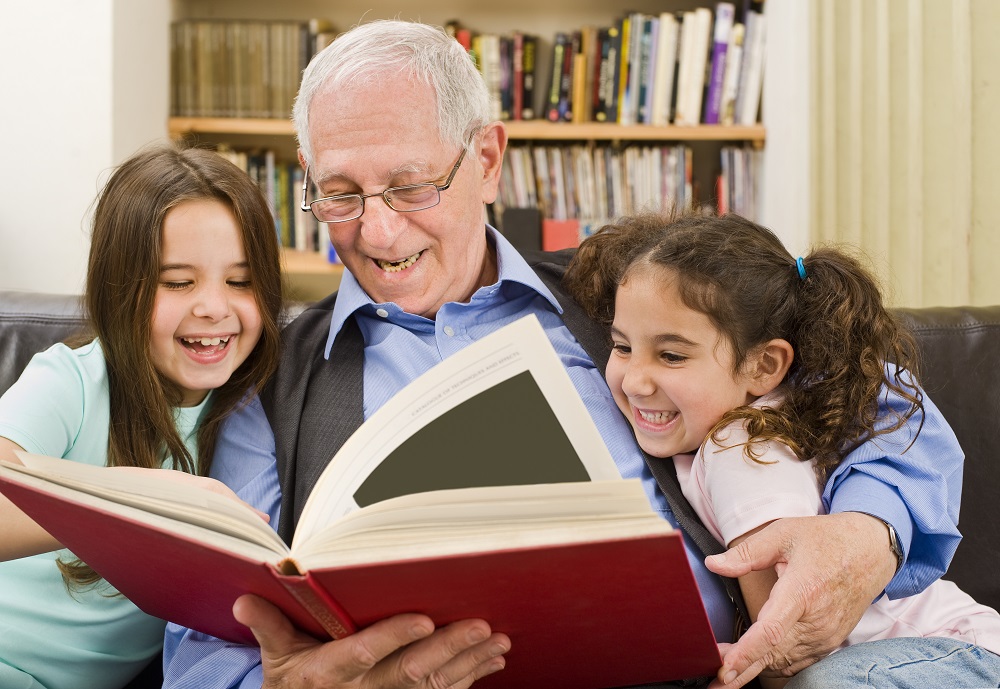 ”
”
Young children naturally have a capacity to dream big and use their imaginations. Reading aloud to your child helps them use their imaginations to explore people, places, times, and events beyond their own experiences. Reading as an imaginative activity can open doors to all kinds of new worlds for your child. By widening your child’s imagination, your child is more likely to dream bigger and act creatively which can benefit they school, work, and life in the future.
Cultivating a lifelong love of readingAccording to Jim Trelease, author of the best-seller, The Read-Aloud Handbook: “Every time we read to a child, we’re sending a ‘pleasure’ message to the child’s brain… You could even call it a commercial, conditioning the child to associate books and print with pleasure” (ReadAloud.org)
This connection between reading and “pleasure” is crucial for success later in life. As personal development coach and speaker Brian Tracy says, your ability to expand your mind and strive for lifelong learning is critical to your success — “Learning is the minimum requirement for success in any field.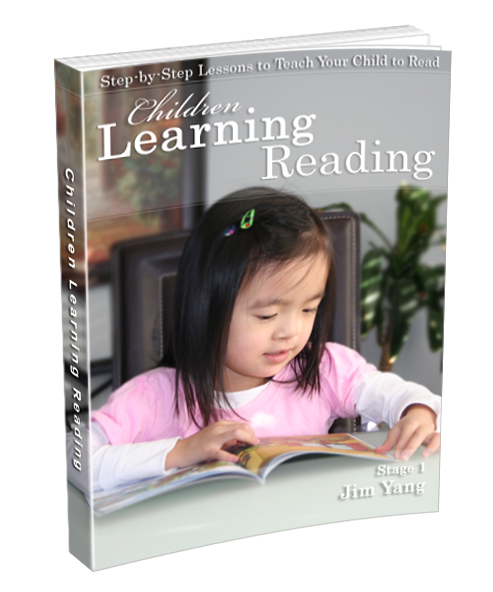 ”
”
Reading is the key for lifelong learning, and if you can instill a love of reading at an early age, then a commitment to lifelong learning is sure to follow. Reading aloud presents books as sources of pleasant, valuable, and exciting experiences. Children who value books are motivated to read on their own, and will likely continue to practice independent reading throughout the rest of their lives.
When it comes to reading to your children, the benefits to your child’s life range far beyond the development of a close bond with them, although that’s certainly one of them. Reading aloud to children is truly the single-most important activity for building these understanding and skills essential for reading success that your child will carry with them all throughout their life.
To learn more about our resources for children, visit our website.
Related Articles
This website uses cookies to improve your experience. By continuing to use our site you agree to our Privacy Policy. ACCEPT
By continuing to use our site you agree to our Privacy Policy. ACCEPT
Reading with Your Child | Reading Rockets
By: Bernice Cullinan, Brod Bagert
There is no more important activity for preparing your child to succeed as a reader than reading aloud together. Fill your story times with a variety of books. Be consistent, be patient, and watch the magic work.
It's no secret that activities at home are an important supplement to the classroom, but there's more to it than that. There are things that parents can give children at home that the classrooms cannot give.
Start young and stay with it
At just a few months of age, an infant can look at pictures, listen to your voice, and point to objects on cardboard pages. Guide your child by pointing to the pictures, and say the names of the various objects. By drawing attention to pictures and associating the words with both pictures and the real-world objects, your child will learn the importance of language.
Children learn to love the sound of language before they even notice the existence of printed words on a page. Reading books aloud to children stimulates their imagination and expands their understanding of the world. It helps them develop language and listening skills and prepares them to understand the written word. When the rhythm and melody of language become a part of a child's life, learning to read will be as natural as learning to walk and talk.
Even after children learn to read by themselves, it's still important for you to read aloud together. By reading stories that are on their interest level, but beyond their reading level, you can stretch young readers' understanding and motivate them to improve their skills.
It’s part of life
Although the life of a parent is often hectic, you should try to read with your child at least once a day at a regularly scheduled time. But don't be discouraged if you skip a day or don't always keep to your schedule. Just read to your child as often as you possibly can.
If you have more than one child, try to spend some time reading alone with each child, especially if they're more than two years apart. However, it's also fine to read to children at different stages and ages at the same time. Most children enjoy listening to many types of stories. When stories are complex, children can still get the idea and can be encouraged to ask questions. When stories are easy or familiar, youngsters enjoy these "old friends" and may even help in the reading.
Taking the time to read with your children on a regular basis sends an important message: Reading is worthwhile.
One more time
You may go through a period when your child favors one book and wants it read night after night. It is not unusual for children to favor a particular story, and this can be boring for parents. Keep in mind, however, that a favorite story may speak to your child's interests or emotional needs. Be patient. Continue to expose your children to a wealth of books and eventually they will be ready for more stories.
Talking about stories
It's often a good idea to talk about a story you are reading, but you need not feel compelled to talk about every story. Good stories will encourage a love for reading, with or without conversation. And sometimes children need time to think about stories they have read. A day or so later, don't be surprised if your child mentions something from a story you've read together.
Remember when you were very young
It will help, however, if we open our eyes to some things adult readers tend to take for granted. It's easier to be patient when we remember how much children do not know. Here are a few concepts we adults know so well we forget sometimes we ever learned them.
- There's a difference between words and pictures. Point to the print as you read aloud.
- Words on a page have meaning, and that is what we learn to read.
- Words go across the page from left to right. Follow with your finger as you read.
- Words on a page are made up of letters and are separated by a space.
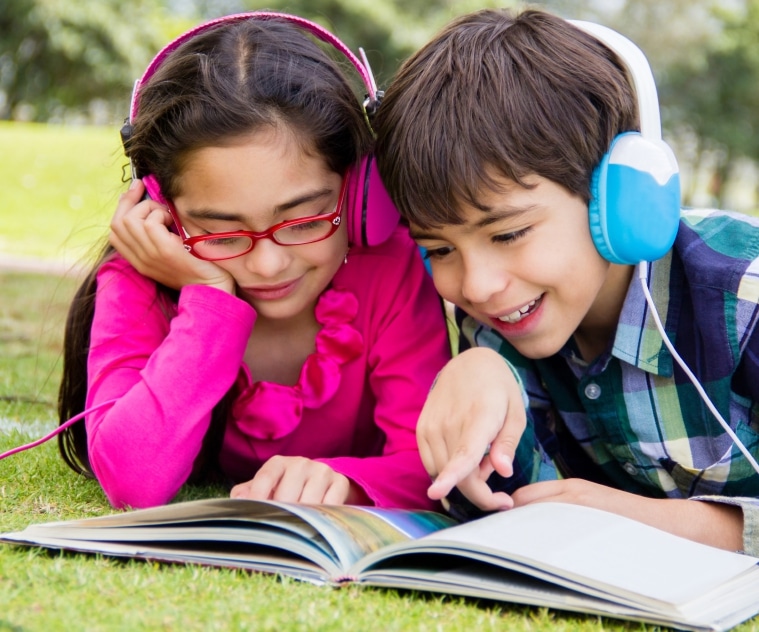
- Each letter has at least two forms: one for capital letters and and one for small letters.
These are examples of hieroglyphics.
Imagine how you would feel if you were trying to interpret a book full of such symbols. That's how young readers feel. But, a little patience (maybe by turning it into a puzzle you can solve together) is certain to build confidence.
Advertise the joy of reading!
Our goal is to motivate children to want to read so they will practice reading independently and, thus, become fluent readers. That happens when children enjoy reading. We parents can do for reading what fast food chains do for hamburgers? ADVERTISE! And we advertise by reading great stories and poems to children.
We can help our children find the tools they need to succeed in life. Having access to information through the printed word is an absolute necessity. Knowledge is power, and books are full of it. But reading is more than just a practical tool. Through books we can enrich our minds; we can also relax and enjoy some precious leisure moments.
Through books we can enrich our minds; we can also relax and enjoy some precious leisure moments.
With your help, your children can begin a lifelong relationship with the printed word, so they grow into adults who read easily and frequently whether for business, knowledge, or pleasure.
When to start reading books to your child
So when, when should you start reading books to your child? With all due respect to psychologists, it is hardly worth attacking a newborn baby with a book. That does not negate the need and benefit of communication. Talk to the child so that the child will speak to you as soon as possible, tell poems and fairy tales, sing songs. But let's be honest, how many of them do you remember? Poems and fairy tales?
If you are a storehouse of folk wisdom, then, of course, you can do without a book for now. Otherwise, books will be a great help to you. Fairy tales, poems, fables, stories, counting rhymes, nursery rhymes - there is everything in the books. Children are very receptive to rhyme, poetry will appeal to almost any kid. But you can even read novels to him, children not only like to hear the voice of loved ones, loving people, they need it.
Intending to make a child friends with a book seriously, you should take into account both the general stages of development of children and the individual characteristics of your baby. To help you figure out at what age to start reading books, we offer a small cheat sheet by age.
Age 3 - 6 months
The baby begins to crawl, study objects, babble. Read to him or tell him, that is the question? Tell me! At this stage, the best book for him is you. Tell what you remember by heart, fairy tales familiar from childhood, favorite poems. Learn new ones: nursery rhymes, songs, boring tales (a hit for all time is a fairy tale about a white bull, but there are actually a lot of them).
Children love repetition (you will have time to make sure of this). And, for the future, if the baby asks, do not refuse to read the tale of the chicken Ryaba for the five hundredth time, do not be angry with him. Repetitions help children learn not only new words, but also speech turns, phrase construction.
You can read a book before going to bed, and during the day tell: while you are going for a walk, play with your little one, dress or bathe him. He will respond, answer you (even if for now only boo-boo and ha-ha), and you address him by name. It is a good idea to insert the name of your baby, on occasion, into rhymes (for example, the gate creaks and creaks, and our Petya / Olya sleeps and sleeps).
As for the interaction with the book, then, let's be honest: at this age, children most of all like to nibble on them. Therefore, it is better to buy a rattle or a teether for a baby, but for yourself - a good collection of baby rhymes, it will come in handy for you.
Age 6 – 9 months
The kid takes the first steps, plays with other children, actively interacts with objects, repeats syllables and simple words after adults. It's time to introduce him to the book! But we must understand that at first the book will be more of a toy. There is no need to be afraid of this, it is useful and correct.
You will still have time to introduce your child to the masterpieces of world literature, and now you are starting to teach him to use a book as you teach him to use a spoon or other everyday item. While playing, children learn the simplest actions - turn pages, understand where to look, where the beginning and where the end of the book is.
Many excellent children's books are now being published:- ⚫ soft sensory books,
- ⚫ bathing books,
- ⚫ transformers with moving valves,
- ⚫ folding pictures.
Looking at illustrations, repeating words after you, touching textured inserts, your baby develops fine motor skills, coordination, sensory abilities and communication skills. And, of course, learns to love the book, because it brings so much joy!
Age 9 – 12 months
This age can be described in two words - all by yourself! The kid tries to walk without support, sit, eat on his own, pronounce the first words, initiate communication with his parents, listen with pleasure as his mother (or father) reads to him, examines the pictures. It is with looking at the pictures that the meaningful interaction of the child with the book begins. The book is not just an object, but a source of information about the real world and the world of imagination, and he learns to discover these worlds for himself.
Sit with your baby in an embrace so that it is convenient for you to hold and read a book, and for him to watch. Pictures are better to choose bright, but as simple as possible, with the image of one or two characters or objects. Colorfully designed fairy tales, illustrated dictionaries of the first words will do. Parents will also have to try: memorized rhymes are no longer enough, it's time to improvise. Choose a book with illustrations, according to which you yourself can tell a story, for a start it’s quite simple - who is shown in the picture? What are you wearing? What is he doing? What does he say?
Be ready to read expressively, in faces, depicting characters, croak and meow, squeak and growl - this will help the baby to distinguish and better remember the characters, and, of course, he will like it! Try it, you will like it too. Sometimes it is also useful for serious, adult people to fool around. But, of course, for reading before bed, it is better to choose something rhythmic, read or hum in a calm manner.
Age from one to two
By the age of one and a half, a kid usually already utters short phrases, dances, sings along, begins to draw (goodbye, wallpaper!), Recognizes images in pictures, understands a short story or a fairy tale. Pictures are still very important, they help very young children build a plot sequence for themselves, but this is the beginning of real, real reading. Sit your child on your lap (so it will be easier for him to concentrate), and start reading!
When rereading your favorite fairy tale, pause so that the baby can finish the phrase, insert a familiar word, but if it doesn’t work out yet, it doesn’t matter - tell me, offer to repeat after you. The same with pictures. Ask who is pictured, what they are doing, or ask them to show you where a certain character is drawn.
This is an important stage of development, your little listener slowly becomes an interlocutor. But, if it is difficult for him to sit still, do not force him. At this age, children have a lot to do: they learn new movements, learn to jump, like to sculpt, assemble a designer (by the way, the development of fine motor skills is directly related to the development of speech).
From the age of one, children begin to form their own taste. Perhaps your child just doesn't like a particular book. In this case, give him the opportunity to choose for himself (for this, a shelf with children's books should be in a place accessible to the child).
Two to three years of age
The child independently performs the main actions, actively communicates with adults, with other children, he develops self-esteem (most often he evaluates himself as “good” - and you can’t argue!), He not only listens with pleasure to poems, fairy tales, stories, but already and tells himself.
Teremok, Gingerbread Man, Chicken Ryaba - a great choice for this age. You can also start reading children's encyclopedias, stories about animals, long poems. Showing the baby pictures, ask them to tell what is drawn there, this contributes to the development of speech and imagination. Discuss the heroes of the fairy tale, their actions (for example, where did the Bear go, is he good or bad). And, if you are not reading a fairy tale for the first time, offer to continue it from some point to train memory and attention.
But these are all pretty general guidelines. We hope that they will be useful, but you should not take them as an unconditional guide to action. You need to focus solely on the abilities and needs of your child. It happens that even at three months, a baby listens to fairy tales with bated breath, but if your one-year-old is still trying to nibble on a book and likes to play patties more, do not force him to sit and listen. Everything has its turn. There is no need to turn reading together into a heavy duty, either for yourself or for the child. Your little one has a long road of knowledge ahead, let him walk it with joy. Even the stern samurai Yamamoto Tsunetomo, in his treatise Hidden in the Leaves, strongly recommended not to punish children under four years old - so that the baby, not knowing fear, would grow up inquisitive and courageous.
Where to start reading?
Little white fish.
Age recommendation 1+.
A series of books by Belgian author Guido Van Genechten about the adventures of a small white fish and its friends: red crab, blue whale, green turtle and many others. The illustrations are bright, colorful characters are easier to recognize and remember. The paper is thick enough not to tear or wrinkle, so the books are suitable for younger children as well. Simple but captivating stories are sure to please both your baby and you.
Bunny Styopa and a pot.
Age recommendation 2+.
An excellent series of educational help books from Andrian Hayman. The illustrations are large and colorful, the book is in a convenient format, on thick cardboard. The text will help to explain to the child in a fun and intelligible way how to dress, use the potty, go to the doctor. The books in the series will also be useful for older children, and kids who are still too early to potty will surely love pictures with the cutest bunny Styopa.
Crocodile, I have to go - I'm leaving in the morning!
Age recommendation 3+.
A funny book in verse by Sally Hopgood about a sluggish baby turtle who decides to leave the zoo, but first to say goodbye to all his friends. Wonderful illustrations that will introduce your baby to animals: there is a crocodile, and an antelope, and a snail, and a cat. The lyrics are simple, funny and easy to memorize. The cover is soft, the paper is coated. The book will be interesting even for the smallest, but, unfortunately, the pages are easy to tear.
Reading to children from 0 to 3
Let's talk about how to read with babies from birth to three years old: how to instill in children a love of reading, teach them to listen to poems and fairy tales, look at illustrations, and how to choose books for the youngest category of readers.
But first, a few words about why you need to read to children, who for the most part have not yet really learned to speak. Reading children's books is a whole complex of activities. It consists of viewing illustrations, listening to text, matching text and pictures. Reading with a child is a serious job of developing the ability to listen, look at and notice details, read symbols and guess the meaning. By reading to a young child, we contribute to the development of his intellect, broaden his horizons, answer his questions, enrich his emerging speech. In addition, reading is a pleasant form of leisure, a way to distract an upset or naughty baby, one of the elements of the ritual of preparing for sleep, and it is also a whole world of fairy tales, without which it is difficult to imagine a happy childhood.
From birth to 6 months
Actually, the process of reading with children begins long before reading itself. In order for the baby to show interest in books, it is important that he masters two skills - the ability to listen and the ability to look at pictures.
It is known that the child's hearing develops in the womb and even before birth, the baby is able to hear and perceive the voices of parents, music, sounds of nature. And this is the valuable sensory baggage that you can give your baby even before he is born. During pregnancy, try to surround yourself and your baby with only pleasant sounds, arrange relaxation sessions more often, listen to good music, talk to your baby and tell him stories. And the meaning of fairy tales is absolutely not important here, your intonation, rhythm and pace of a work of art are much more important. When the baby is born, those poems and fairy tales performed by you, which he heard before he was born, will have a calming effect on him, and parents will always find something to tell the baby to console him or entertain him.
As the baby grows up, the parental repertoire will gradually expand - to the fairy tales or poems already familiar to the child, nursery rhymes, jokes, lullabies and songs will be added. The book as it is is not yet needed here, but the verses of Barto, Chukovsky and Marshak memorized by heart will come in handy, as well as funny rhymes about the clubfoot bear and others that our mothers and grandmothers told us.
Your newborn baby grows and develops, and at the same time, his vision develops. Such an important organ in the knowledge of the world. When, by about three or four weeks, the baby learns to concentrate his eyes for a few seconds and thoroughly examines the faces of dad and mom - and these are the most important objects to look at at this age, you can offer him other objects that the baby will be happy to look at. These can be black and white pictures depicting lines, patterns or geometric shapes, as well as fairly large toys painted in one bright color. Such objects are able to hold the attention of newborn babies for a long time, and the ability to concentrate the gaze develops vision and enhances brain activity.
Already later, by three or four months, you will offer the child pictures that are more complex in color and shape - these can be drawings or photographs depicting people, animals, vehicles. Plus, you will show the child the world around - an apartment, a street. It is very important at the same time to pronounce the names of the objects that the baby sees.
So, from the age of birth to six months, "reading" is a synthesis of two actions - looking at pictures and objects, as well as listening to works of art in the background.
6 months to 1 year
Perhaps your baby is already sitting, but even if not, then he probably already lies on his tummy for a long time or half-sitting in your arms. And for sure, he is showing more and more interest in everything that surrounds him.
It's time to get your first children's book. We are talking about cardboard baby books, which consist of a small number of dense, durable and safe pages. In fact, the pages are everything. Children like to manipulate the book by turning the pages - this, in addition to everything, is also a great exercise for developing fine motor skills. Most likely, the book will be tried on the tooth, but it will be reviewed one way or another. Do not buy a lot of baby books, two or three will be enough. Pretty soon you will see that the baby is ready to move on and then you can choose more meaningful books for reading together. The choice of the first book is a responsible matter.
Here are some rules to help you:
- The book must have thick cardboard pages, the binding must be of high quality. It is important to be sure that when the child picks up the book, it will remain intact.
- Simplicity of illustrations. Ideally, when one image is placed on one page, if this is a plot, then it should be as simple as possible. It is still difficult for a child at this age to perceive a large number of details, he also does not understand the complex actions of the characters. The simpler the image, the more recognizable it will be to the child - accordingly, the interest in the book will be higher.
- Moderate colors. Ideally, if the book contains only four primary colors - red, yellow, green, blue (not counting black and white). The diversity of the image, again, will not be useful, but will only tire the child.
- Realistic pictures. The crocodile should be green and the tomato should be red. This is one of the most important points. A child at this age absorbs information in a colossal volume, and the inconsistency in its content is now absolutely useless. The same applies to the appearance of animals. Often artists like to depict animals in clothes, but this is absolutely contrary to the real idea of a cat or dog, for example.
In the future, in more adult books, when the child will already be oriented in the world of objects and will understand what is reality and what is a fairy tale, then the cat can be in a dress, and in a hat, and with beads (if this corresponds to the plot). At the initial stage of understanding the world, a cat should look like a cat - four paws, a mustache, ears and a tail.
So, the ideal book for babies from six months old is a small cardboard format, in which each page shows a picture, the words in such a book are optional. You will simply tell the child about what is shown in the picture - this will be the first fairy tale.
When you choose a book for your six-month-old baby, you need to find a moment when the child will be in a good mood, put him in your arms or lie down next to him and turn the pages of the book, sometimes saying what is depicted on them. Such “reading” will become the baby’s favorite pastime for a long time, he will especially like it when the baby learns to turn the pages on his own.
From one to two years
Among children and parents who love books, there is even a list of books that are ideal for kids of this age. We can say that these are win-win options:
- V. Bianchi "The Fox and the Mouse" - an excellent edition illustrated by Yu. Vasnetsov;
- E. Karl "The Very Hungry Caterpillar" - world bestseller;
- E. Carl "From Head to Feet" - also a favorite book of kids all over the world;
- Russian folk tales and nursery rhymes illustrated by Y. Vasnetsov;
- Children's books by Japanese writer Yusuke Yonezu.
Usually these books instantly become favorites among kids and are read to holes. They are valuable, first of all, for their illustrations, their small texts are simple and uncomplicated. These books are just perfect for learning to relate pictures to text - an important skill that will come in handy for a child in the future.
The kid grows up and his interest in reading continues to grow - at some point you will understand that the reading list should be expanded and collections of poems by K. Chukovsky, S. Marshak, A. Barto, B. Zakhoder, as well as fairy tales V Suteeva.
Encourage any child's interest in books. It happens that in the entire collection of poems the baby is attracted only by one quatrain or one picture, read and examine them again and again. Only your sincere interest, your interest and patience (sometimes you have to read the same verse thirty times a day) can support the love of reading in a baby.
Also an important point of this period is looking at plot pictures, and it will remain so for a long time, becoming more complicated and changing depending on the age and interests of the child. For one or two one-year-old children, the pictures for looking at should be quite simple and clear, selected by subject - transport, animals, vegetables, fruits. Books like encyclopedias for the smallest respond well to this request.
The child will periodically leaf through these books, linger on the objects he likes, poke his finger or otherwise attract your attention, wanting to know the name of the object. When the baby starts talking, you will ask him what he sees in the pictures, and this will become one of the most beloved joint games.
Looking at pictures, we not only name objects, we also describe their properties, actions, and come up with plots. Thus, we develop the child's imagination, form his vocabulary, enrich his speech, help him learn to look at the same objects differently.
Now quite popular and loved by many children are books for viewing by Suzanne Berner, Doro Goebel and other authors - these books are a real treasure for showing parental improvisation in describing the plots of illustrations.
Books with windows, with moving and tactile elements are a good help in attracting a child to look at pictures. Such publications are able to keep the attention of the child for a long time, increase his interest in the content of the book.
Reading for children aged one to two is the world of illustration. Everything that is written about should be drawn - this is very important for the baby, because he himself cannot yet imagine a bull that walks on a swinging board, but he is happy to discover objects that he has just heard about on the pages of the book.
Two to three
If you started “reading” to a child literally from birth, then most likely at this age you will already be well versed in children's literature, and the reading list for children of two or three years is so wide and varied that it is difficult to cover it in one article. But if you are just starting to read with your baby and it seems to you that he does not show much interest in books, then you can resort to little tricks.
- Choose books for your child based on their interests. For example, if your kid is interested in animals, then perhaps he will be interested in the poems of S.
Marshak or B. Zakhoder;
- Always carry a book in your bag. If you have to take the child on a trip, queues, etc., then you can offer him to read;
- Act out home plays based on famous fairy tales. It is very easy even at home to show the performances "Teremok", "Kolobok" or "Turnip", so you will introduce the child to works of art. After that, invite the baby to read together about the heroes he loves;
- Leave books in the public domain;
- Read aloud! Even if the child is playing or doing something, and you sit next to him and start reading a book, sooner or later the baby will show interest and join you.
The age of two years is also that amazing period when a child begins to develop a fantasy. Children show interest in creativity, in role-playing and fantasy games - all this is an immersion in the world of a fairy tale. Play fairy tales with children, act out stories from books, put on home performances, draw your own illustrations for books, sculpt characters from plasticine.

